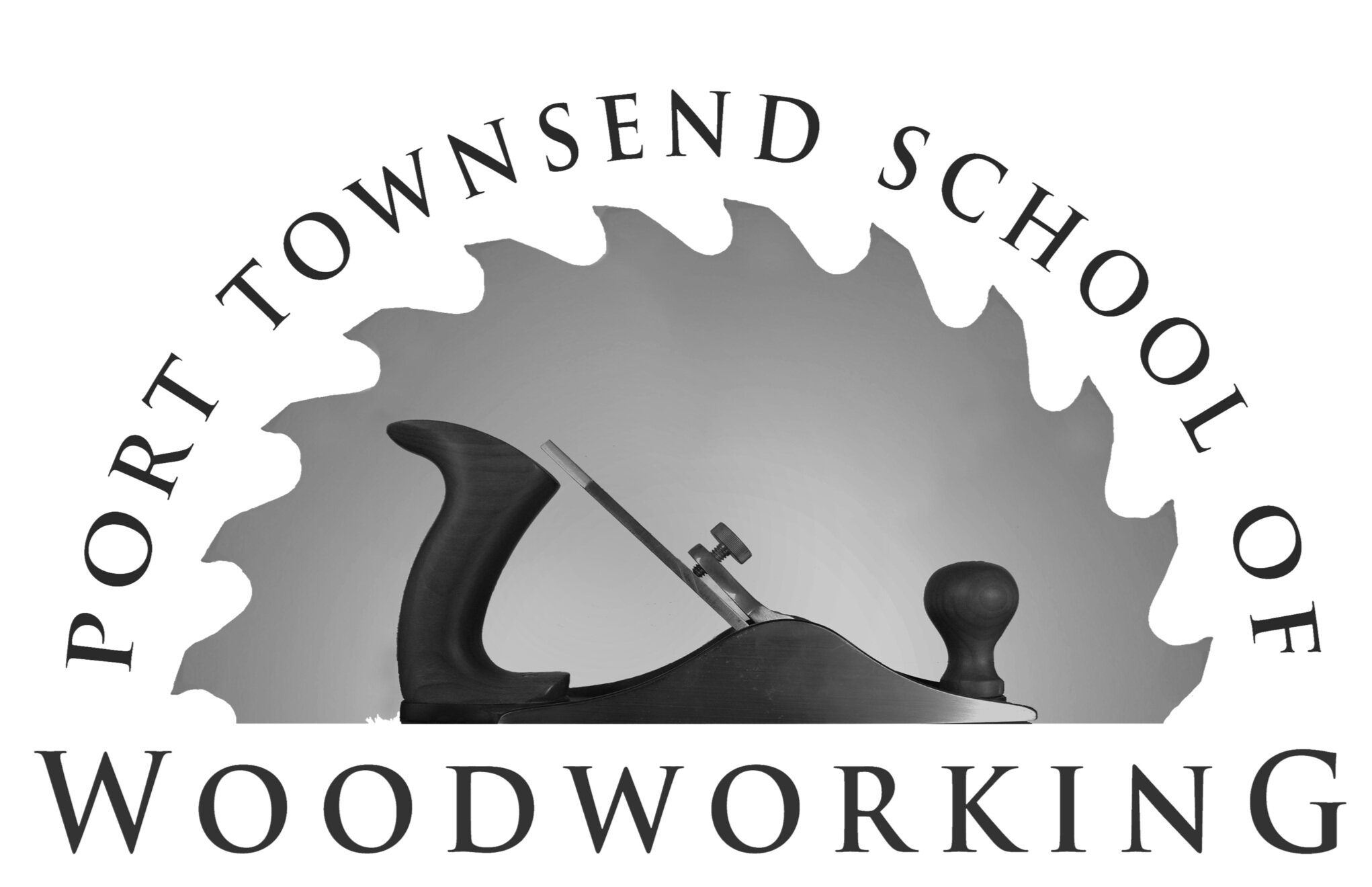Why understanding Old Buildings is important
Port Townsend School of Woodworking
We were extremely privileged to have Mark Liebman present "Getting Under the Skin of Old Building at the Port Townsend School of Woodworking on June 17th. Mark's talk was primarily on the tools used for non-intrusive methods of assessing old buildings. These methods allow the forensic preservationist to get a much better idea of the state of an old building. Mark illustrated how these tool have helped in a series of case studies.
There were some real Aha! moments for me:
We were extremely privileged to have Mark Liebman present "Getting Under the Skin of Old Building at the Port Townsend School of Woodworking on June 17th. Mark's talk was primarily on the tools used for non-intrusive methods of assessing old buildings. These methods allow the forensic preservationist to get a much better idea of the state of an old building. Mark illustrated how these tool have helped in a series of case studies.
There were some real Aha! moments for me:
- Keeping an old building (or any building for that matter) in good condition is all about managing water and moisture. If you change the permeability of the walls, restrain ventilation or add insulation you can cause the moisture in the building to find a new path through the building. The new path may not be where you wish it to be and can cause rot or other damage.
- If you replace materials in a building it is vital to keep the same physical properties of the material - ideally using the original material. See case study on the Cotton Building (the slide on material degradation) in Port Townsend. Adding an impermeable mortar when repairing the masonry caused the bricks to disintegrate when the water moved through the bricks instead of through the mortar.
- Buildings adapt. A building settles, this can changes the forces on different parts of the building; load can be transferred to unexpected parts of the building. Windows can be become load carrying - not the adjacent columns (as originally designed). One thing Mark has noted is that the greater the variety of materials in a building the more the building changes! Metal, stone, concrete and glass do not mix well. Some of our new buildings are going to set serious challenges for preservation in the future
We're delighted that Mark has generously shared his presentations. We share his belief that more people - especially architects and contractors need to more fully understand the materials in old buildings. Using new (or rather modern) materials is not necessarily the best way to fix an old building.- these may introduce more problems than they solve.
We hope this will encourage old building owners to seek advice; ask questions before making changes. We plan more courses to help you understand buildings next year.
We hope this will encourage old building owners to seek advice; ask questions before making changes. We plan more courses to help you understand buildings next year.

